Introducing Rakewell, Apollo’s wandering eye on the art world. Look out for regular posts taking a rakish perspective on art and museum stories.
Rakewell, as we are sure you can imagine, has never been above enjoying a good sword fight – if you could see some of our scars… Somehow, as time has gone by this pleasure has had to be indulged through the medium of cinema rather than actual duelling, rampaging or fencing.
Think how exciting it must have been when we discovered the release of The Northman was fast approaching. This magisterial-looking film tells the story of Viking hero Amleth revenging the death of his father at the hand of his uncle. To add fat to the fire, his mother has married his uncle. It’s not impossible this sounds a little familiar. In one sense you would be right to recognise this. But fear not, this is not a rehashing of Hamlet set in some Hollywood Viking land.
This is the Ur-Hamlet par excellence. Director Robert Eggers has not only pulled off quite the cinematic coup by casting Nicole Kidman as Alexander Skarsgård’s mother but he has returned Hamlet to its source material and dramatised the myth that Shakespeare translated into his play.
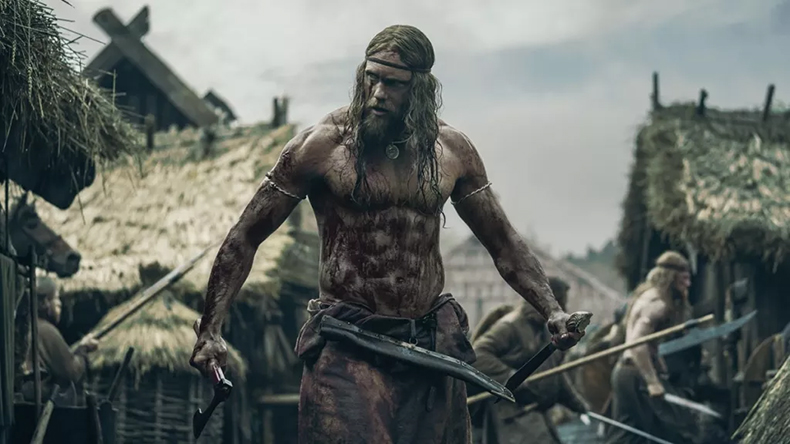
Photo: Aidan Monaghan / Focus Features
Vikings powering across an open landscape is not an obvious place to begin searching for art historical precedent but as anyone who has visited the Jorvik Viking Centre in York will tell you, the Vikings plummet surprising depths.
This rich culture that so successfully swept across northern Europe is now sweeping across our screens as The Last Kingdom and the wittily titled Vikings replace the hole that Game of Thrones left for many viewers. There are even some people who claim to watch not for the clash of swords but for the clash of characters and psychologies.
Yet Rakewell finds the prospect of The Northman more beguiling even than these great chronicles of Viking life. In a recent interview in the The New Yorker, Eggers revealed that among his influences were two books of woodcuts by Albrecht Dürer. This is what moved his sensibility on from comic-book schlock to serious image maker. When he received these books he ‘almost literally, but certainly metaphorically, put away [his] comic books and became a snob and a dilettante,’ Eggers said. ‘The sea creatures and the satyrs and the wild men and the demons did kind of put Marvel to shame, in my eyes.’ Truly, a man who combines an interest in swords and German woodcuts is the sort of Renaissance man that Rakewell can admire.
Got a story for Rakewell? Get in touch at rakewell@apollomag.com or via @Rakewelltweets.
Unlimited access from just $16 every 3 months
Subscribe to get unlimited and exclusive access to the top art stories, interviews and exhibition reviews.

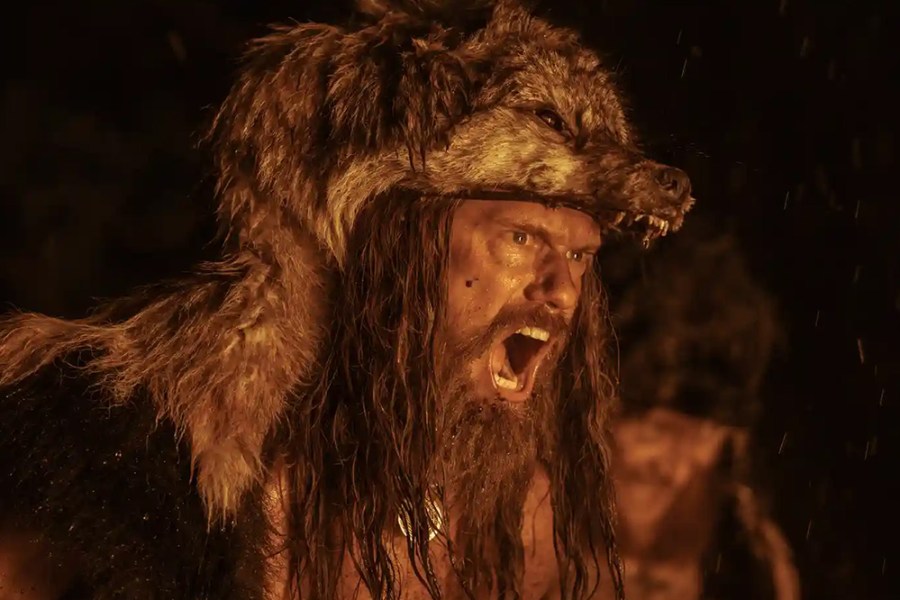
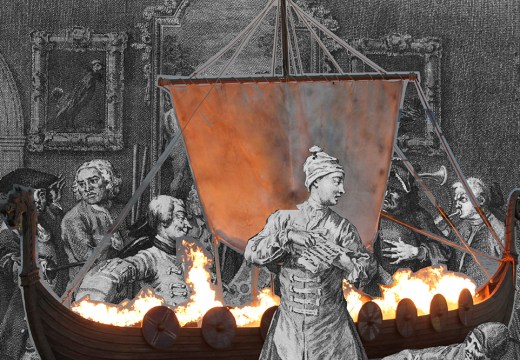
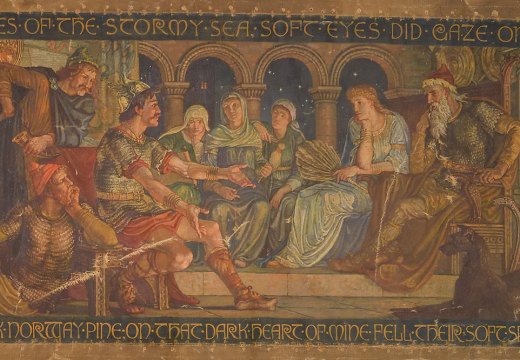
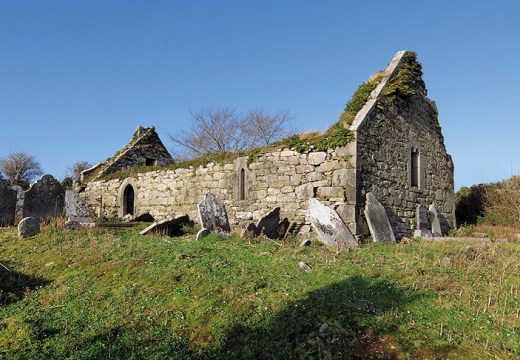









![Masterpiece [Re]discovery 2022. Photo: Ben Fisher Photography, courtesy of Masterpiece London](http://www.apollo-magazine.com/wp-content/uploads/2022/07/MPL2022_4263.jpg)
It’s time for the government of London to return to its rightful home